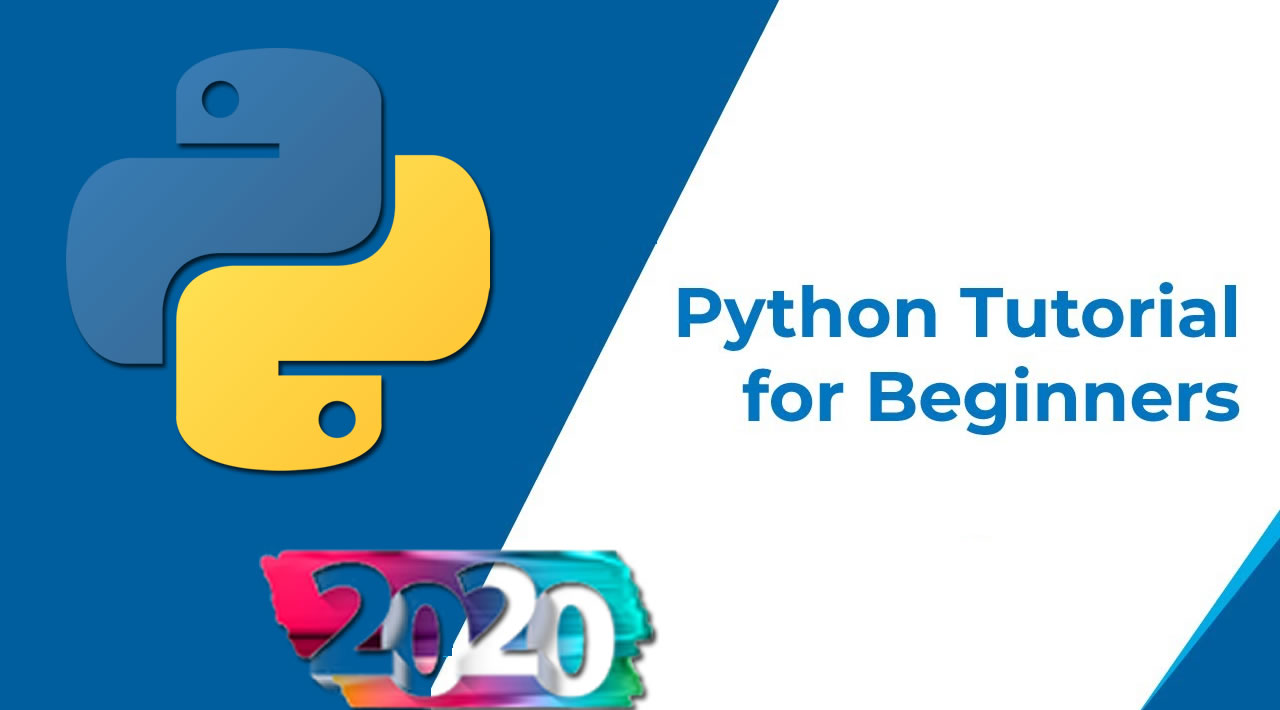Python is a popular programming language created by Guido van Rossum who released it in 1991. Due to its rise in popularity, I thought it would be a good idea to write an article about the fundamentals of the language.
If you’re starting out with Python and wondering why you might choose to learn this language, keep in mind that it is cross-platform, has a simple syntax, and is similar to English. In addition to this, Python is a high-level programming language, so a lot of work is done with a small amount of code.
Sold on Python and excited to progress? Great, let’s dive in.
Getting Started
Create a file called app.py and add the following simple code:
print("Hello Medium")
This is the most simple program — as you can see there is no semicolon.
Python Syntax
Python uses almost no brackets and absolutely no semicolons, but it does use indention. When using a code editor like visual studio code, the indention will be added automatically.
if 1 + 1 == 2:
print("1 + 1 = 2")
Comments
Commenting in Python is done using a hashtag.
if 1 + 1 == 2:
print("1 + 1 = 2")## This is a comment"""This is the way how to use multi-linecomments
"""
#python #programming
